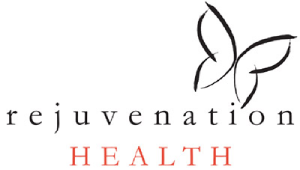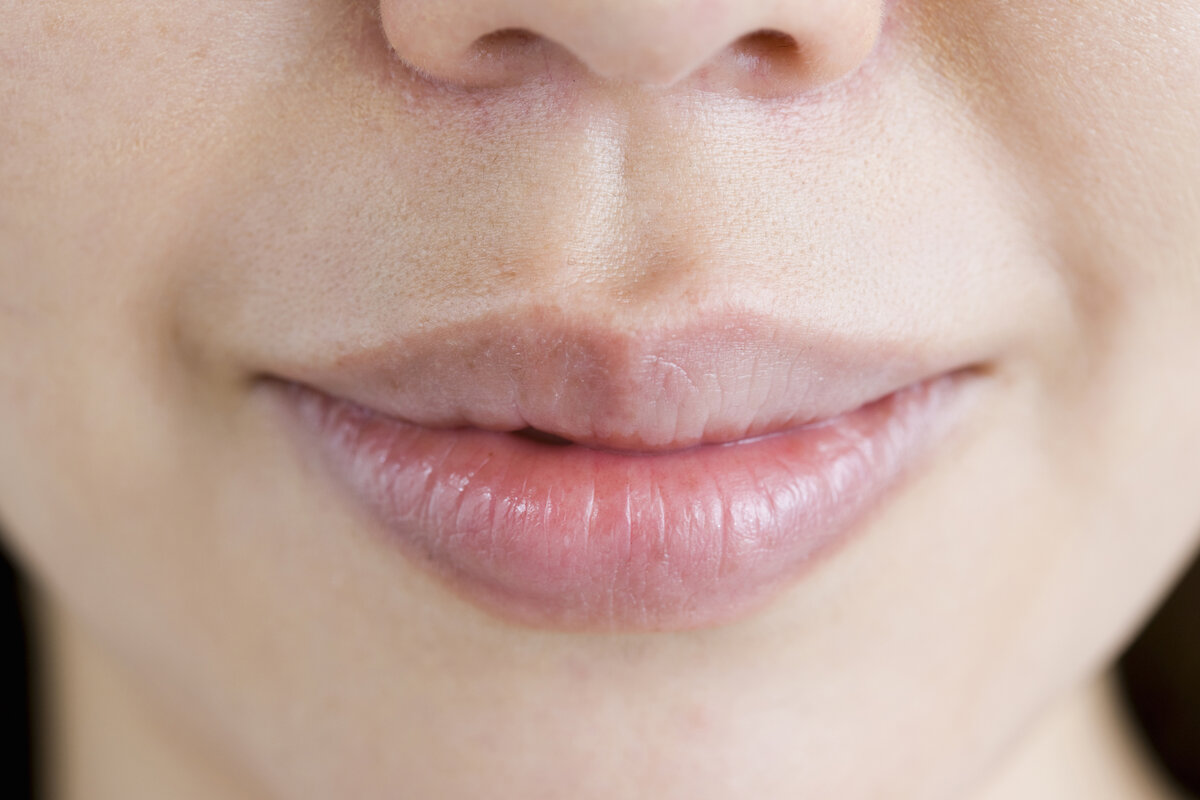Conventional dentistry sees the mouth as separate from the rest of the body. Most dentists don’t ask patients about their diet and overall health or discuss oral microbiome balance. However, mounting research is clear: the mouth-body connection is critical for overall health.
An often-overlooked piece of the health puzzle is exploring the oral microbiome in health and disease. Today’s article will provide a foundation for understanding these connections. Keep reading to learn more about:
- What is the oral microbiome?
- How an imbalanced microbiome affects the body
- How to improve oral microbiome with diet and lifestyle habits
Let’s dive in
What is the Oral Microbiome?
Colony of Bacteria in the Oral Cavity
The oral microbiome includes the microbes that live in the oral cavity, including over 700 species of bacteria. Oral cavity anatomy consists of the teeth, tongue, cheeks, palates, and tonsils. Each location in the mouth has a distinct microbiome makeup.
The function of the oral cavity is to protect the body from disease and help maintain homeostasis. Learn more about oral cavity function and the microbiome here.
Oral microbiome testing is simple, allowing the oral microbiome to be the most studied microbiome. A healthy microbiome contains robust and diverse microorganisms.
How Does an Imbalanced Oral Microbiome Affect the Body?
Dysbiosis, an imbalance in the microbiome, affects oral and dental health, leading to tooth decay (cavities), periodontitis (gum disease), infections, bad breath, tonsilitis, and other concerns.
Additionally, oral dysbiosis may contribute to cardiovascular disease, stroke, diabetes, preterm birth, allergies, and other systemic conditions. The oral microbiome plays a crucial role in the entire body’s health.
Gastrointestinal Tract
The oral cavity is at the top of the gastrointestinal tract and directly informs the gut microbiome. Bacteria and other microbes in the mouth colonize the gut, affecting immunity, inflammation, and risk factors for disease.
Immune System
The oral cavity is the gateway to the body and the first place the body interacts with the outside environment via food and air. Through the entire digestive tract, beginning in the mouth, immune cells are present to identify and fight pathogens. The health of the immune system relies on the microbiome.
Gut-Brain Axis
The gut-brain axis describes the two-way communication between the gut and the brain. Gut health affects brain function, mental health, mood, and overall brain health.
The connection goes further and includes the oral microbiome. Changes in the oral microbiome correlate with dementia, autism spectrum disorder, bipolar disorder, and other conditions affecting the brain.
Nitric Oxide Production
Nitric oxide is an important signaling molecule in the body and promotes vasodilation, allowing blood vessels to expand and improve circulation. A healthy oral microbiome plays a role in increased nitric oxide, which may reduce blood pressure and cardiovascular risk.
Cardiovascular Health
Oral infections, including chronic periodontitis, are a risk factor for cardiovascular disease. Bacteria from the mouth move to the bloodstream via the gums, causing bacteremia, a bacterial infection in the bloodstream, which can contribute to plaque formation and inflammation in the arteries.
How to Improve the Oral Microbiome
Now that you know how important the microbiome is for health and wellness, let’s cover some simple ways to heal your oral microbiome.
Oral Microbiome Diet
When considering how to change the oral microbiome, begin with nutrition. The modern diet, high in sugar and refined carbohydrates, contributes to dysbiosis. Replacing these foods with a simple, ancestral eating pattern with a focus on plants and fermented foods helps restore balance.
An oral microbiome diet includes whole, unprocessed foods focusing on quality animal protein, colorful plant foods, and fermented foods. These foods are effective for many reasons, namely because they entail chewing and salivary production.
Brushing, Flossing, and Dental Cleanings
Plaque and buildup on teeth can contribute to oral microbiome imbalance. Practicing good dental hygiene at home and going to your regular dental cleanings is important. Choose an oral microbiome toothpaste without harsh ingredients. Oral microbiome probiotics are another option to promote balance.
Brush the Tongue
Tongue scraping is a simple strategy to add to your brushing and flossing routine. Use a tongue scraper first thing in the morning to remove unwanted bacterial buildup on the tongue.
Beware of Conventional Mouthwashes
The best mouthwash for the oral microbiome is no mouthwash at all! Most mouthwashes kill bacteria and microbes, even the healthy ones, leaving room for unwanted microorganisms to proliferate.
Biological dentistry and functional medicine appreciate the connections between oral health and the rest of the body and seek to uncover the root causes of disease. Addressing imbalances in the oral microbiome may help improve digestion, brain health, heart health, and more. If you are interested in oral microbiome testing and exploring how oral health shapes your overall health, please contact Rejuvenation Health today.
References
- Deo, P. N., & Deshmukh, R. (2019). Oral microbiome: Unveiling the fundamentals. Journal of oral and maxillofacial pathology : JOMFP, 23(1), 122–128.
- Dewhirst, F. E., Chen, T., Izard, J., Paster, B. J., Tanner, A. C., Yu, W. H., Lakshmanan, A., & Wade, W. G. (2010). The human oral microbiome. Journal of bacteriology, 192(19), 5002–5017.
- Zheng, D., Liwinski, T., & Elinav, E. (2020). Interaction between microbiota and immunity in health and disease. Cell research, 30(6), 492–506.
- Maitre, Y., Micheneau, P., Delpierre, A., Mahalli, R., Guerin, M., Amador, G., & Denis, F. (2020). Did the Brain and Oral Microbiota Talk to Each Other? A Review of the Literature. Journal of clinical medicine, 9(12), 3876.
- Goh, C. E., Bohn, B., Marotz, C., Molinsky, R., Roy, S., Paster, B. J., Chen, C. Y., Rosenbaum, M., Yuzefpolskaya, M., Colombo, P. C., Desvarieux, M., Papapanou, P. N., Jacobs, D. R., Jr, Knight, R., & Demmer, R. T. (2022). Nitrite Generating and Depleting Capacity of the Oral Microbiome and Cardiometabolic Risk: Results from ORIGINS. Journal of the American Heart Association, 11(10), e023038.
- Chen, B. Y., Lin, W. Z., Li, Y. L., Bi, C., Du, L. J., Liu, Y., Zhou, L. J., Liu, T., Xu, S., Shi, C. J., Zhu, H., Wang, Y. L., Sun, J. Y., Liu, Y., Zhang, W. C., Lu, H. X., Wang, Y. H., Feng, Q., Chen, F. X., Wang, C. Q., … Duan, S. Z. (2023). Roles of oral microbiota and oral-gut microbial transmission in hypertension. Journal of advanced research, 43, 147–161.
- Sanz, M., Marco Del Castillo, A., Jepsen, S., Gonzalez-Juanatey, J. R., D’Aiuto, F., Bouchard, P., Chapple, I., Dietrich, T., Gotsman, I., Graziani, F., Herrera, D., Loos, B., Madianos, P., Michel, J. B., Perel, P., Pieske, B., Shapira, L., Shechter, M., Tonetti, M., Vlachopoulos, C., … Wimmer, G. (2020). Periodontitis and cardiovascular diseases: Consensus report. Journal of clinical periodontology, 47(3), 268–288.




